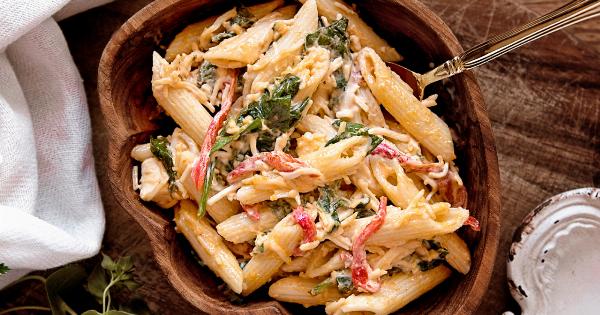Unhealthy eating habits, including consuming foods high in fat, can lead to a host of health issues like obesity, heart disease, and diabetes. For people looking to improve their health, it’s vital to watch out for high-fat ingredients in foods.
But with so many meals and snacks available, it can be tough to know which ingredients are healthy and which aren’t. In this article, we’ve outlined everything you need to know to identify high-fat ingredients in your food without hassle.
What are high-fat ingredients?
High-fat ingredients are those that are packed with fats, typically harmful saturated and trans fats that can affect your overall health.
These fats can increase the level of ‘bad’ cholesterol in the body, which can lead to plaque buildup in arteries, increasing the risk of heart disease, heart attack, and even stroke. Foods that are known to contain high-fat ingredients include fast food, processed snacks, baked goods, and even some condiments.
Label Reading
One of the most effective ways to identify high-fat ingredients in your food is by reading the labels. Most packaged foods must state the ingredients that they contain and their corresponding nutritional values.
The best thing to do is focus on the total fat and saturated fat content, as these are the primary culprits that affect your overall health.
Avoid Artificial Trans Fats
Artificial trans fats like partially hydrogenated oils are deemed the unhealthiest fat of all. Although many food manufacturers have started phasing out artificial trans fats, it’s still a good idea to watch out for them when reading food labels.
If a product contains partially hydrogenated oils, it’s best to avoid it at all costs since these fats have been linked to cancer, heart disease, and other health issues.
Look out for saturated fats
Saturated fats are found in many foods, including fatty meat, cheese, butter, and processed snacks like granola bars and chips. These fats typically increase blood cholesterol levels, which increases the risk of heart disease.
This is why it’s essential to look at the total and saturated fat content in any packaged food you buy. In contrast, unsaturated fats like those found in nuts, olive oil, and avocados are healthy and safe to consume in moderation.
Know Your Food Groups
Foods can also be grouped into those that are predominantly high in proteins, carbs, and fats.
While proteins and carbs are generally healthy and essential for our body’s overall function, it’s crucial to watch out for high-fat foods within those groups. For example, foods high in protein like red meat or cheese can also be high in fat compared to healthier protein sources like beans or soy. Carbohydrates can also be high in fat, for example, pizza that can be high in fat due to cheese and crust.
Eat Clean
If you’re looking to eat healthier and watch out for high-fat ingredients in your food, one of the best things you can do is eat clean.
This means choosing fresh produce like fruits and vegetables, whole grains, lean proteins, and healthy fats like avocado. By choosing fresh and whole foods, you’ll avoid many of the harmful fats found in packaged foods.
Stick To Healthy Fats
Fats are not all bad. Some fats are healthy and beneficial to your body. For example, eating foods rich in omega-3 fatty acids, like fish or nuts, can help reduce inflammation and improve heart health.
Other good fat sources include olives, olive oil, and avocados. Although these foods contain fat, the fat content is healthy, and in moderation, won’t do any harm to your body.
Avoid Overly Processed Foods
Processed foods may be convenient, but they are often high in unhealthy fats, sodium, and sugar. They are also stripped of essential nutrients needed for the body’s overall health.
When shopping, choose whole foods or minimally processed foods to avoid consuming high-fat ingredients.
Go for Low-Fat Versions
Another way you can reduce your fat intake is by choosing low-fat versions of the foods you love. For example, you can opt for skim milk instead of whole milk or low-fat cheeses instead of those high in fat.
But remember to read the labels since some low-fat versions of foods may contain added sugars to make up for the lack of flavor.
Portion Control
You may be eating relatively healthy food options, but consuming too much of them can still increase your fat intake. It’s essential to watch your food portions and understand how much fat you should consume daily.
This will help you better control your fat intake and help keep you healthier overall.
Conclusion
Reducing your fat intake is one of the most effective ways to improve your overall health. By knowing high-fat ingredients in your food, you can better control what you consume and make healthier food choices.
Whenever possible, opt for clean, whole foods, and choose nutrient-dense foods that pack plenty of vitamins and nutrients without the added unhealthy fat.





























